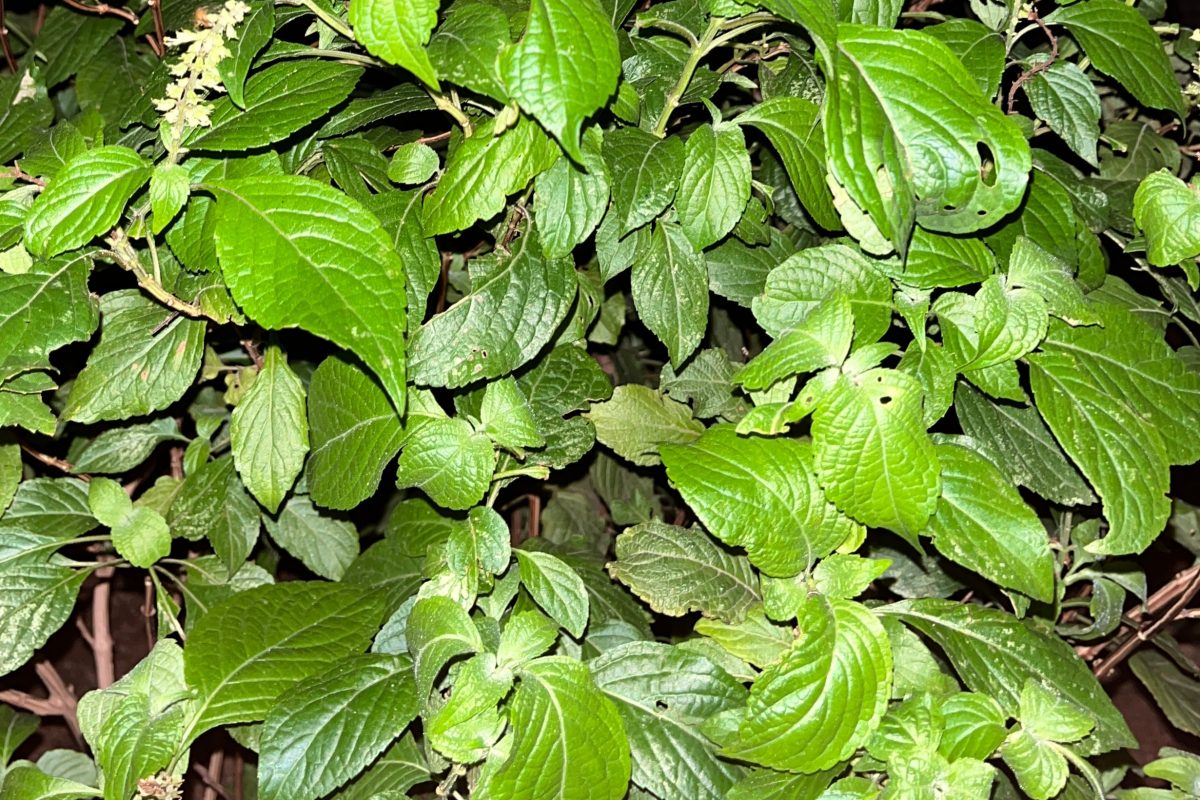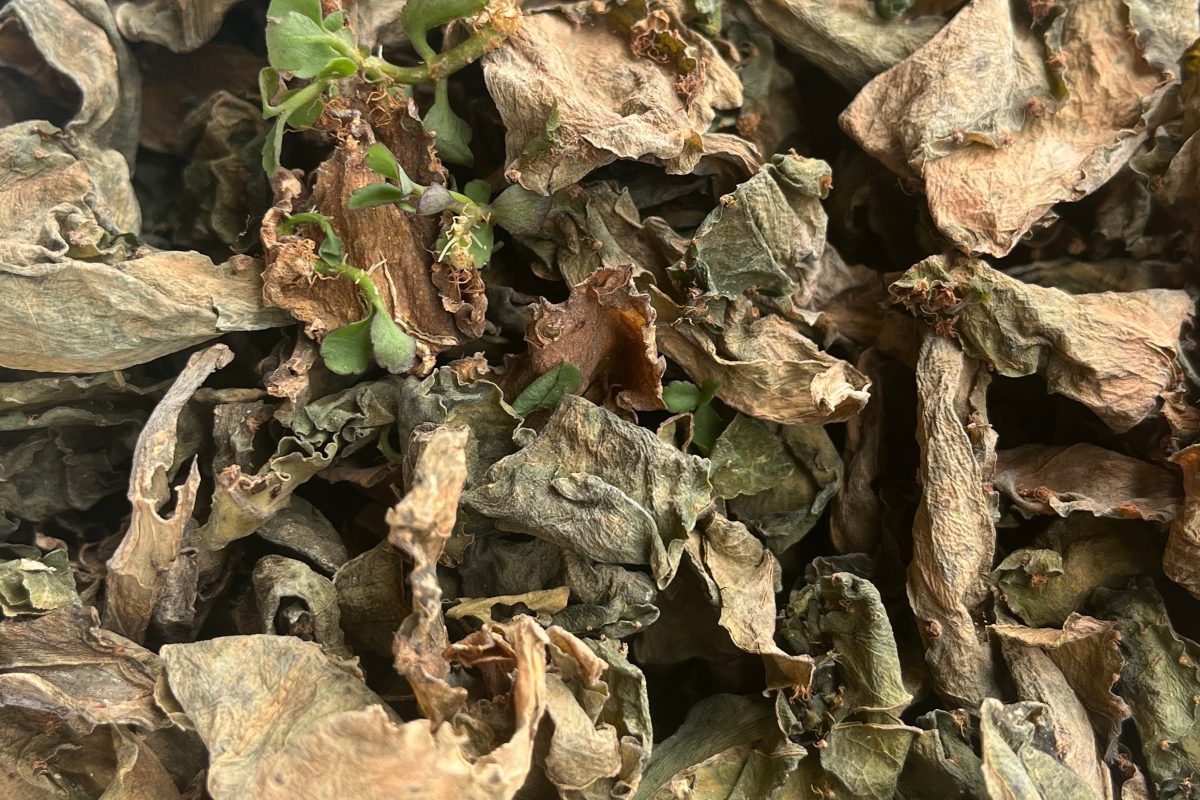The aromatic plant known as scent leaf, or Ocimum gratissimum, grows in the heart of many African kitchens, especially in Nigeria. It has magical culinary and therapeutic properties. This humble herb, with its distinct flavor and scent, has long been prized for its remarkable health advantages as well as its capacity to give food depth. Among its most notable effects is its potential to accelerate metabolism, making it a natural ally in the quest for better health and vitality.
At just 100 grams, scent leaf packs a surprisingly powerful nutritional punch. With an energy content of 221 kcal, it’s rich in carbohydrates, providing 44.6 grams, along with 3.4 grams of protein and a modest 1.3 grams of fat. This balance of macronutrients makes it an excellent dietary addition, particularly for those looking to maintain energy levels without overwhelming their bodies with fat.
The leaf is also teeming with essential vitamins and minerals. For instance, it offers a substantial boost of Vitamin K, providing 102% of the daily recommended value. Vitamin K plays a crucial role in blood clotting and bone health, making this herb particularly beneficial for overall well-being. The herb’s Vitamin C content may seem modest at 4.6 mg, but when combined with its high antioxidant levels, it becomes an effective immune booster. Vitamin E and folate round out its vitamin profile, contributing to skin health and cellular regeneration.
Scent leaf doesn’t stop there; its mineral content is equally noteworthy. With 209 mg of calcium and 598 mg of potassium, this herb supports strong bones, muscle function, and cardiovascular health. It’s a rich source of iron too, offering 23.3% of the daily recommended intake, which is crucial for boosting oxygen flow in the blood and fighting off fatigue. Magnesium, phosphorus, and zinc further add to the herb’s ability to support metabolic processes and improve energy production.
But perhaps one of the most exciting aspects of scent leaf lies in its other compounds—antioxidants and essential oils. These compounds, particularly ocimene, thymol, and eugenol, not only give scent leaf its characteristic fragrance but also serve to fight inflammation, reduce stress on cells, and promote a healthier, faster metabolism. These essential oils have been traditionally used for their antimicrobial properties, making scent leaf not just a culinary delight but also a natural remedy for infections and digestive issues.
Ultimately, while the nutritional values of scent leaf may vary depending on the plant’s growing conditions and preparation, its role as a metabolism booster and a powerhouse of nutrients remains uncontested. Adding it to your diet might be the simple, natural way to improve your overall metabolic function and health.


